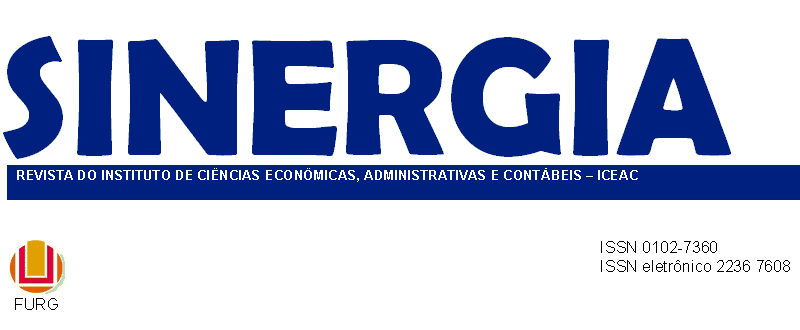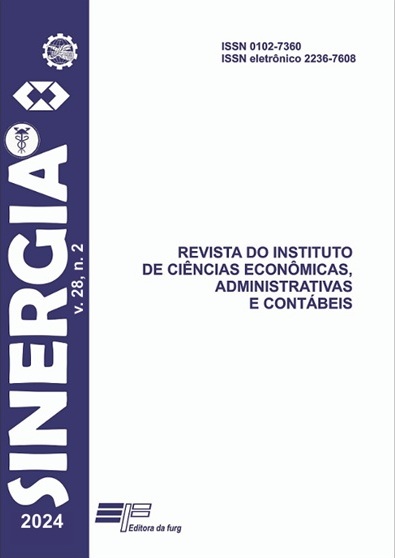FATORES CONTINGENCIAIS DETERMINANTES PARA A ADOÇÃO DA INOVAÇÃO GERENCIAL
DOI:
https://doi.org/10.63595/2236-7608-v28n2-18070Resumo
O estudo busca descrever as características dos fatores contingenciais (estratégia, estrutura e ambiente) que são determinantes para a adoção da inovação gerencial no caso estudado. Trata-se de uma pesquisa qualitativa, descritiva e estudo de caso, com recorte transversal, em uma organização listada na Brasil, Bolsa, Balcão (B3), cuja atividade principal é a metalurgia. Os dados foram coletados por meio de entrevistas, questionários, documentos e observação. As entrevistas foram realizadas com dez gestores de nível decisório. A análise de conteúdo foi utilizada com o auxílio do Software NViVo. As categorias analisadas foram estratégia, estrutura e ambiente (fatores contingenciais) e a inovação gerencial, representada por um novo modelo de gestão, caracterizado por implementação de instrumentos gerenciais, KPIs, gestão a vista, indicadores em tempo real, orçamento, tecnologia e eficiência das operações e processos produtivos. Em meados de 2015 a organização estava com dificuldades financeiras. Neste momento, a gestão adota um conjunto de medidas com o intuito de reestruturar a empresa e redesenhar sua estratégia. Assim, rompe com a postura estratégica reatora e, infere-se que atualmente sua estratégia é prospectora. O mesmo ocorreu com a estrutura organizacional, movendo-se de vertical para orgânica. As mudanças realizadas remodelaram o ambiente interno, tornando-o colaborativo e integrativo, alinhado com os propósitos da organização. O estudo contribui ao trazer especificidades de uma organização, o que ajuda a compreender o contexto no qual a inovação gerencial ocorre, além das necessidades e busca de soluções.
Palavras-chave: Fatores Contingenciais, Estratégia, Estrutura, Ambiente, Inovação Gerencial.







